We have been seeing an influx of Chinese made CV carburetors In The Shop (pics 1 & 2).

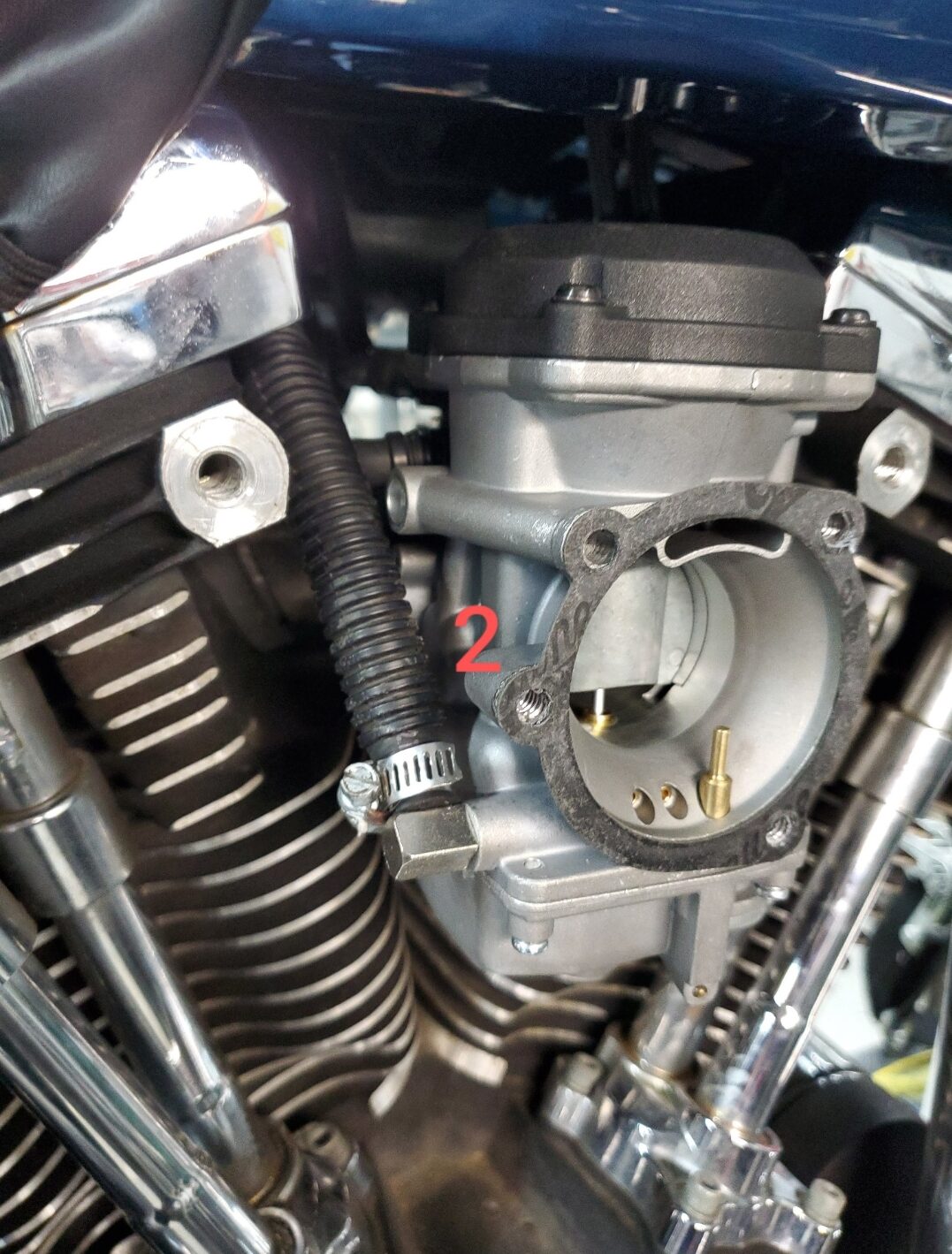
At first glance, these carburetors look nearly identical to a stock Harley Davidson, Keihin, CV carburetor. Often, however, these carburetors do not perform like a stock Harley Davidson carburetor. You can usually identify one of these cheap carburetors by the fuel inlet fitting. Chances are, if the fuel inlet does not appear to be black plastic or brass, the carburetor is not a stock Keihin.
A common problem with these carburetors is that the accelerator pump diaphragm often begins to disintegrate shortly after gasoline is introduced to the carb. The vacume diaphragm can also become distorted. When we receive a Harley with this carburetor, it is usually running poorly or horribly. We typically attempt rebuilding the carb with a complete Genuine James rebuild kit.
In our experience, it is a 50/50 chance that the knock off carb will end up performing acceptably.Although considerably more expensive, an S&S Super E or Super G carburetor is a much better solution for carburetor replacement.
Here is what you can expect & also some tips if you find yourself unpackaging a new S&S carburetor assembly: •A new S&S carburetor comes with a replacement intake manifold but you will have to reuse your stock intake flanges. Inspect your stock flanges thoroughly. Verify that they are not cracked, distorted, or warped. If they are in good shape, clean thoroughly with a scotch pad or wire wheel prior to installation. If the stock flanges are not good, we suggest purchasing S&S intake flanges for replacement.
•It is important to clean the intake seal surfaces on the front & rear heads. This is also best achieved with a scotch pad (pics 3&4).
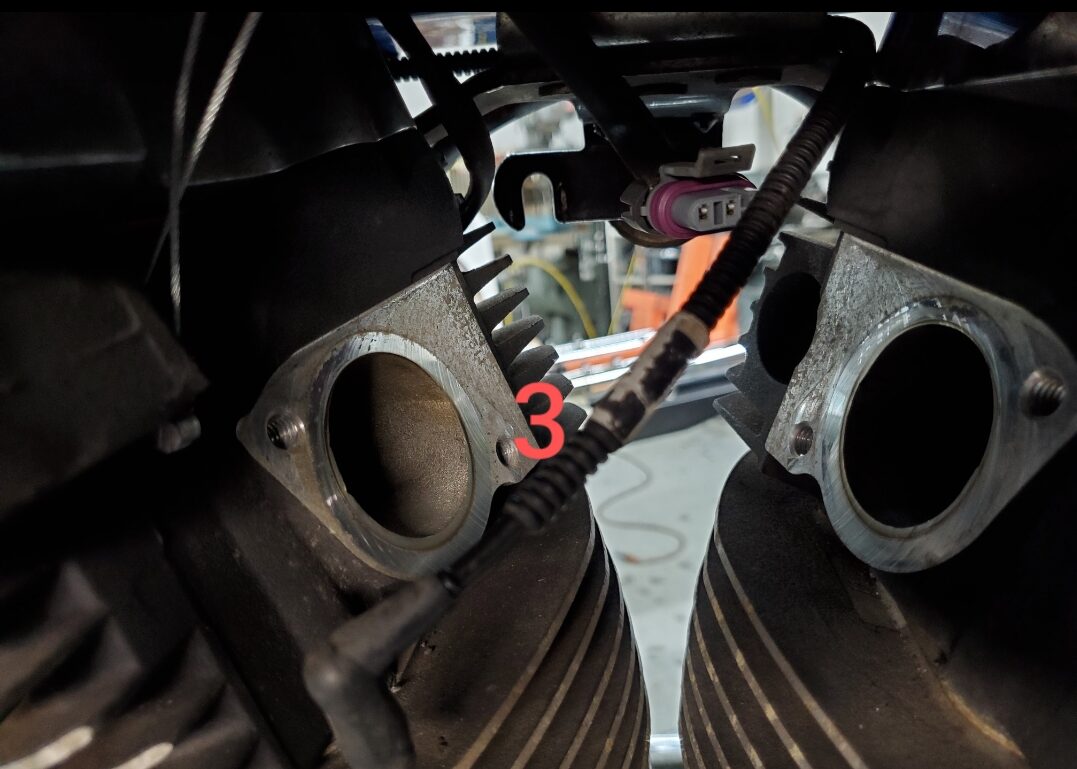
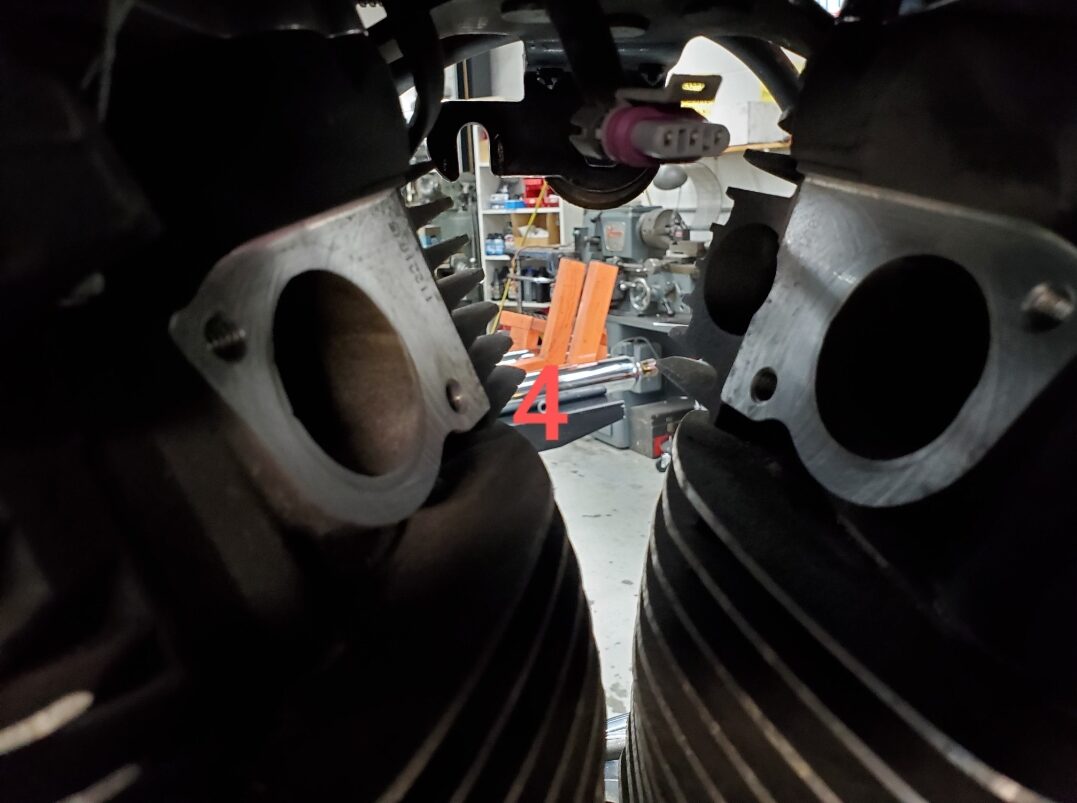
•We like to remove & install the 4 intake flange screws with a long, 1/4" ball allen and a wobble extension on the right side. On the left, we use an allen bit with the box end of a combination wrench (pics 5 &12).
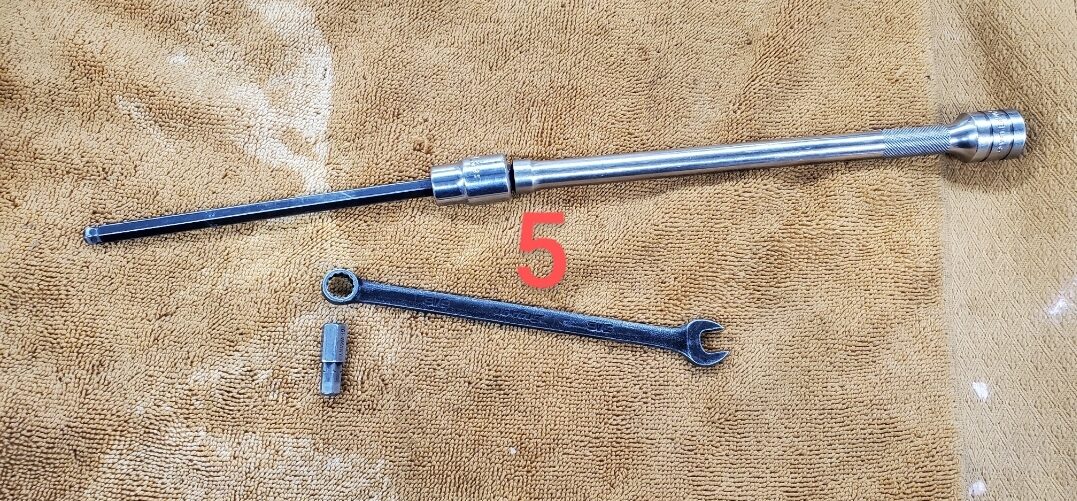
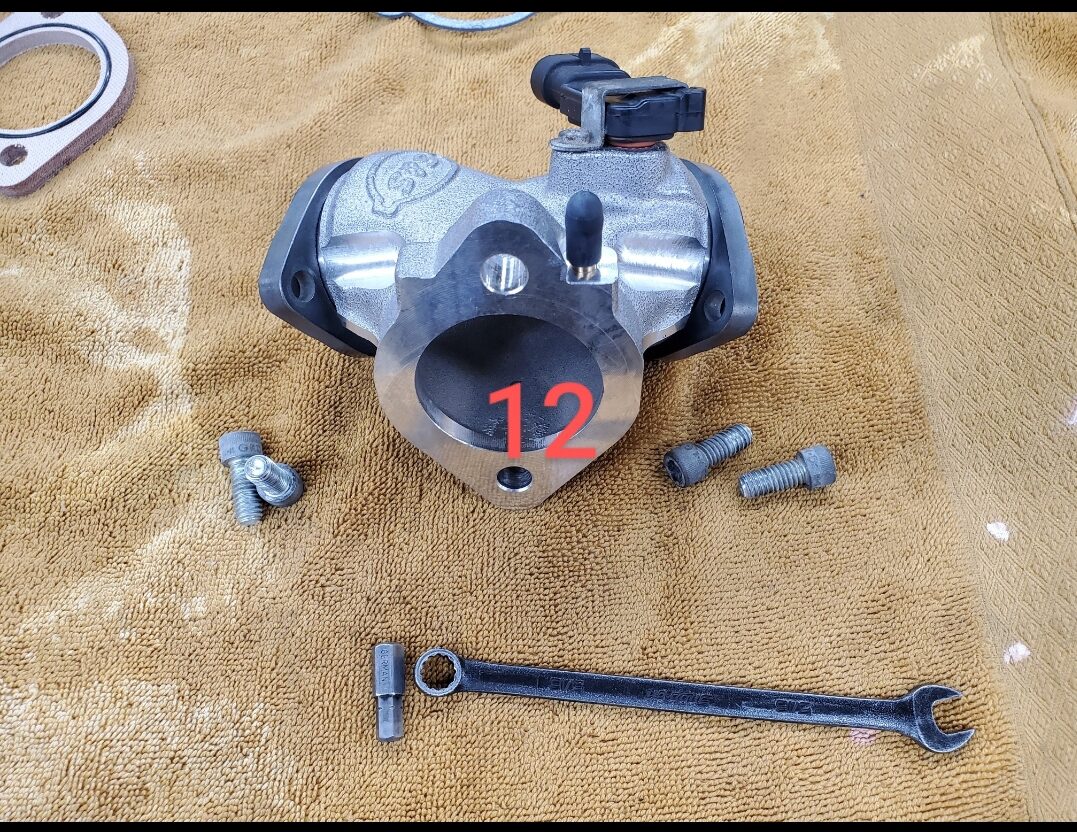
•When you unpackage the new carburetor, it is a good idea to lay parts out on a clean surface (pic 6).
 Every new S&S carburetor comes with pilot & main jets already installed. The new kit also comes with an assortment of the most commonly used jet sizes.
If you do not know what size jets are in the new carburetor, it is important to remove the float bowl and inspect prior to installation.
Every new S&S carburetor comes with pilot & main jets already installed. The new kit also comes with an assortment of the most commonly used jet sizes.
If you do not know what size jets are in the new carburetor, it is important to remove the float bowl and inspect prior to installation.
•Often, the accelerator pump nozzle o-ring will stick to the carburetor body or fall out when removing the float bowl (pic 7). Make sure this o-ring is not lost. It should be positioned over the accelerator pump nozzle for re-installation of the float bowl (pic 8).
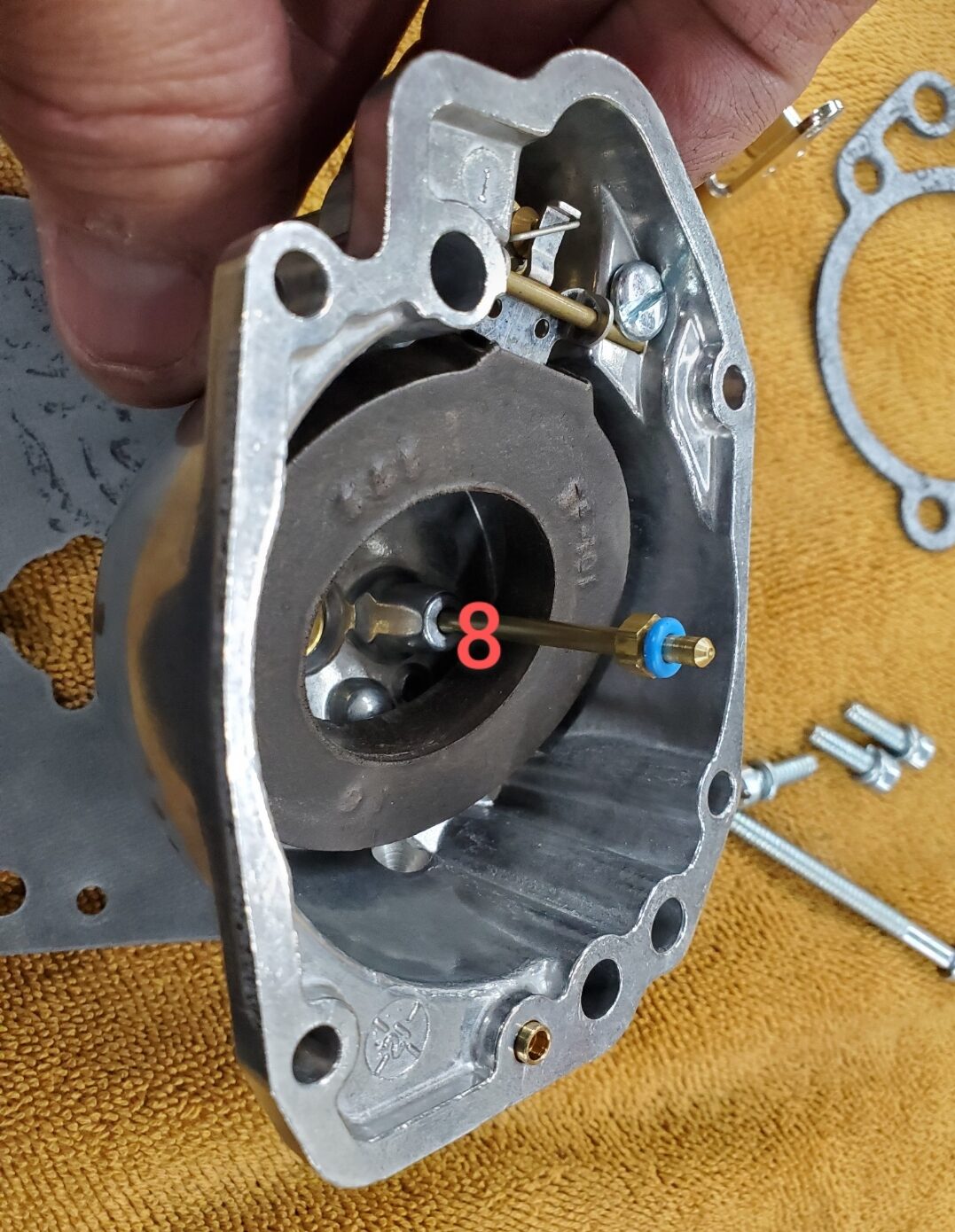
•The carburetor comes with a "tall" throttle cable stand off. This stand off is to be used with stock CV throttle cables. If you are running S&S throttle cables, you will need to purchase a "short" stand off (pic 9).
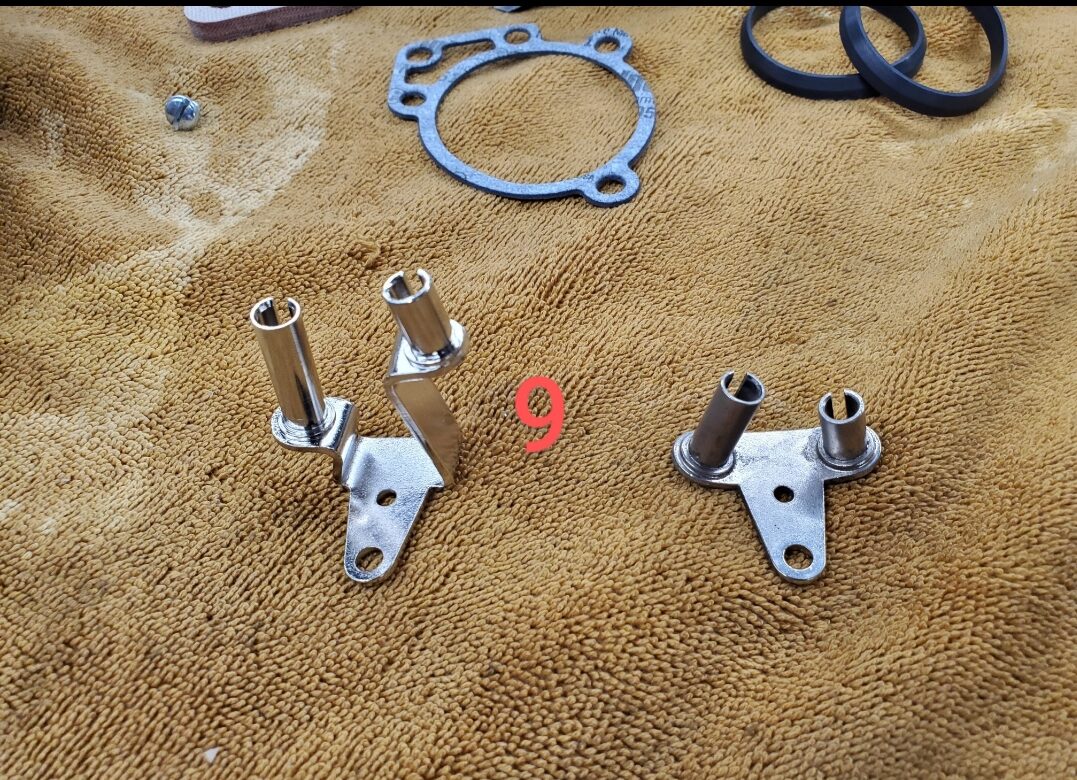
•Pay attention to the hardware order for assembly of the choke lever. If this is assembled incorrectly, the lever will bind (pic 10).
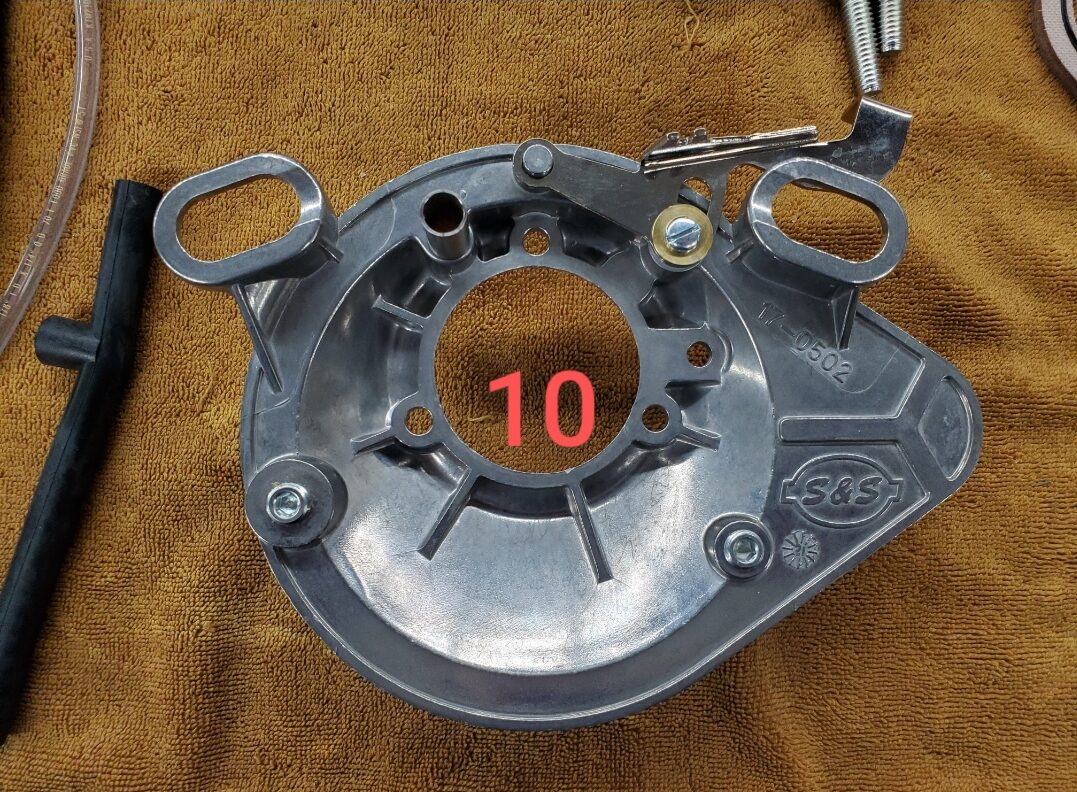
•If your Harley has a MAP sensor, it is good practice to replace its small orange seal at this time. If the seal is compromised, it will be the cause of an intake leak (pic 11 &12).
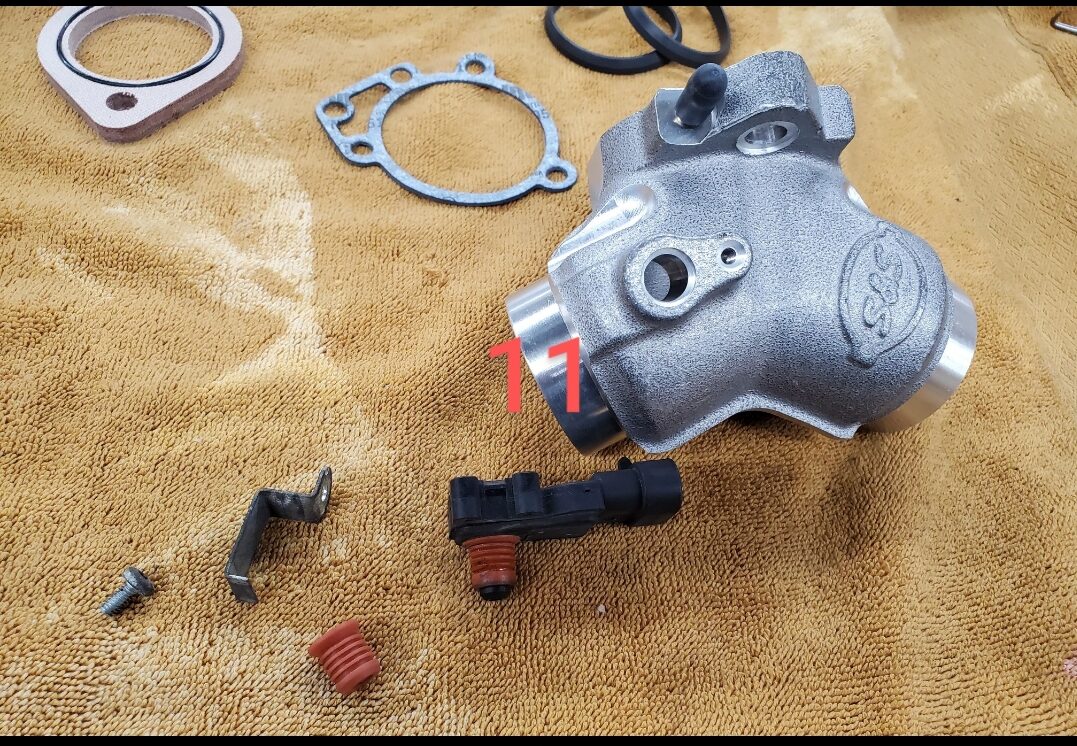

•Take time when trimming the provided top breather hose and when spacing the backing plate (pic 13). If the backing plate is not correctly spaced, you will risk cracking the plate.
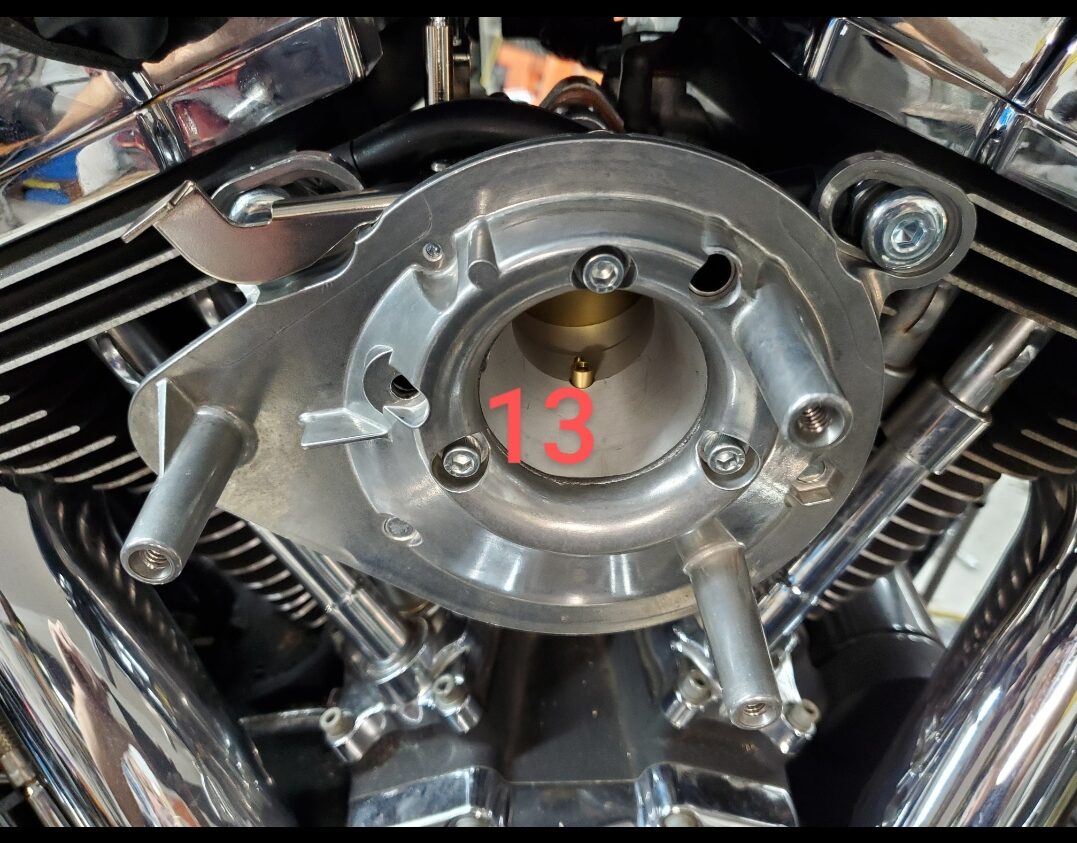
Once fully assembled, install a fresh set of spark plugs and follow S&S instructions for setting carburetor mixture, accelerator pump, and idle.
Watch Our Multi-Hour Carb Videos Series
Share tips, start a discussion or ask other students a question. If you have a question for an expert, please click here.
Already a member? Sign in
No Responses to “In The Shop: Overseas CV Carb Issues”